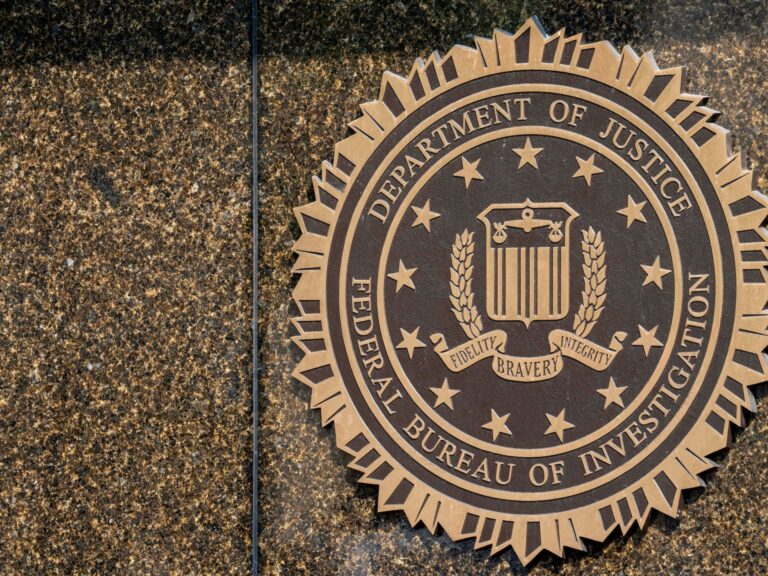Bhopal Gas Tragedy: Forty Years of Environmental Racism Injustice
Bhopal Gas Tragedy: Four Decades of Injustice
The Bhopal Gas Tragedy stands as one of the world’s most catastrophic industrial disasters, occurring on the night of December 2-3, 1984, in Bhopal, India. It’s a chilling tale, not just of the immediate effects of an uncontained gas leak but also of a long, painful history of environmental racism and injustice that has haunted the survivors for forty years. As we delve into the events that unfolded that fateful night and the aftermath that has stretched across decades, let’s remember that this tragedy is not merely about historical events; it’s about real lives, ongoing struggles, and the urgent need for accountability.
What Happened on That Fateful Night?
Imagine waking up in the middle of the night, gasping for air, your lungs burning, and your body feeling like it’s on fire. This is what happened to thousands of residents in Bhopal when methyl isocyanate (MIC), a toxic gas, leaked from the Union Carbide pesticide plant.
The Gas Release
On that horrific night, approximately 40 tons of MIC escaped into the atmosphere, enveloping the surrounding neighborhoods. People awoke to the terrifying smell, their throats stinging, and many began to panic. The horror continued as the gas spread, causing immediate effects such as:
- Nausea and vomiting
- Severe respiratory distress
- Blindness and other debilitating conditions
The situation was exacerbated by the inadequate safety measures that had been in place. Union Carbide, the corporation responsible for the plant, had cut corners, prioritizing profit over safety. It’s shocking to think about how the foresight and precautionary measures common today were ignored then.
The Immediate Aftermath
The immediate chaos led to 3,000 deaths, but that was just the beginning. In the following years, estimates suggest that up to 15,000 more succumbed to various health issues linked to the exposure, and hundreds of thousands were left with lifelong health complications. Can you imagine waking up every day knowing that the air you breathe, while essential to life, can also be a reminder of your suffering?
The Long Shadow of Injustice
As we step back and look at the broader picture, we see that the Bhopal Gas Tragedy didn’t just stop with that dreadful night. The survivors have faced a seemingly endless cycle of injustice that’s deeply rooted in social, economic, and environmental disparities.
Environmental Racism at Play
At its core, the tragedy is a stark example of environmental racism—a term used to describe how marginalized communities are disproportionately affected by environmental hazards. The survivors predominantly belonged to the lower economic strata and were predominantly from marginalized sections of society. Here are some key points to consider:
- Lack of Prerequisites: These communities were often denied basic rights and representation.
- Poor Infrastructure: Many of the neighborhoods surrounding the plant lacked proper infrastructure, which exacerbated the disaster’s impact.
- Neglect from Authorities: Urgent relief and rehabilitation efforts were delayed or insufficient, showcasing a systemic disregard for the affected community.
Government and Corporate Accountability
For decades, there has been a glaring absence of accountability from both the Indian government and the corporate entity responsible for the plant. The initial settlements offered by Union Carbide were grossly inadequate—only a meager $470 million, divvied up among thousands of survivors. That’s a direct expression of negligence and triviality, don’t you think?
In 1999, Union Carbide was acquired by Dow Chemical Company, which has faced criticism for its refusal to fully compensate survivors and clean up the contaminated site. The tragedy is like a ghost that continues to haunt Bhopal, with remnants of contamination still present in the soil and water.
Survivors’ Ongoing Struggles
Forty years have passed, yet the survivors still grapple with health issues, lingering unemployment, and the everyday stress of living with the repercussions of the tragedy. They often find themselves battling bureaucratic red tape just to access medical care or receive compensation.
- Chronic Health Conditions: Many victims suffer from respiratory diseases, psychological disorders, and long-term effects on their reproductive health.
- Social Stigma: The disaster left many survivors in a position of social invisibility, struggling with societal stigma and poverty.
Health Risks and Environmental Damage
While the human toll is a heartbreaking aspect of this tragedy, the environmental damage is equally alarming. The land and water surrounding the Bhopal plant were contaminated, leading to dire consequences for agricultural practices and the local ecosystem.
The Contaminated Environment
The ongoing contamination of the land has left the community living with residual dangers. Local farmers have reported declines in crop yields and quality. Groundwater continues to pose a threat for residents reliant on it for drinking and irrigation. How is it fair that the survivors continue to pay the price for a tragedy that was not their fault?
Health Impacts
A study by the Bhopal Medical Appeal showed that cancers and neurological disorders are particularly prevalent among those exposed to the gas. The intergenerational effects cannot be ignored either. Families that are now dealing with the aftermath of the tragedy have seen health issues affect not just themselves but their children and grandchildren, too. It’s like an invisible chain of suffering that stretches beyond individual lives.
The Fight for Justice Continues
Despite the decades that have passed, the fight for justice for Bhopal’s survivors continues. Advocacy groups, including the Bhopal Gas Peedith Mahila Udyog Sangathan, work tirelessly to ensure that the rights of survivors are not forgotten. They stress the importance of environmental justice, demanding comprehensive health care, sustainable living conditions, and genuine reparations from those responsible for the tragedy.
Local and Global Activism
There’s a raw, unyielding spirit among the survivors. Their struggle has inspired local activists, NGOs, and global organizations to rally for change. Public awareness campaigns have been crucial for keeping the plight of Bhopal relevant in discussions around corporate responsibility.
- Building Solidarity: These initiatives have created solidarity not just in India but around the world, linking environmental injustice cases across borders.
- Legislative Changes: Advocacy efforts have sought stronger legislation to protect vulnerable communities from similar industrial calamities.
Role of Education and Awareness
Education plays a crucial role in ensuring future generations understand the Bhopal Gas Tragedy and the lessons it imparts. Schools and universities commemorating the tragedy can engender a spirit of responsibility among young leaders to advocate for environmental and social justice. Schools can teach about Bhopal as a case study in corporate negligence, and environmental policy.
Moving Towards a Safer Future
The Bhopal Gas Tragedy serves as a harrowing reminder of what happens when safety and ethics are compromised in the name of profit. But it also poses a critical question: how do we prevent this from happening again?
Stricter Regulations
For a start, we need stronger regulations to ensure that industries are accountable for their environmental impacts. Strict enforcement of safety standards and transparency in reporting should be a baseline expectation for companies operating in hazardous conditions.
Emphasizing Community Rights
It’s crucial that we empower local communities to have a say in the operations of industrial activity within their regions. After all, they are the first line of defense against potential hazards. Keeping communities informed about risks and ensuring they have a voice is integral to environmental justice.
The Role of Technology
Using technology to monitor industrial emissions could also be a game changer. Smart sensors and real-time data sharing can help detect leaks early on, preventing disasters before they devastate communities.
Conclusion
The Bhopal Gas Tragedy is a stark reminder of how industrial negligence can have devastating impacts on communities, particularly those already marginalized. As we reflect on forty years of injustice and pain, it’s vital to approach these issues with a sense of urgency. We have the power to change the narrative, to ensure that tragedies like Bhopal don’t echo through future generations. We must stand with the survivors, acknowledge their struggles, and advocate for a fairer, safer world for all.
FAQs
-
What caused the Bhopal Gas Tragedy?
- The tragedy was caused by a leak of methyl isocyanate (MIC) gas from a pesticide plant owned by Union Carbide.
-
How many people were affected by the disaster?
- Approximately 3,000 people died immediately, with estimates suggesting up to 15,000 more died from related health issues over the years.
-
What has been the government’s response to the tragedy?
- The Indian government provided limited compensation, but many survivors argue that assistance has been insufficient and slow to arrive.
-
What does environmental racism mean in the context of Bhopal?
- Environmental racism refers to how marginalized communities are disproportionately affected by environmental hazards, as seen in Bhopal.
-
How can we prevent similar disasters in the future?
- Stricter regulations on industrial safety, community empowerment in decision-making, and the use of technology to monitor emissions are crucial steps toward prevention.







